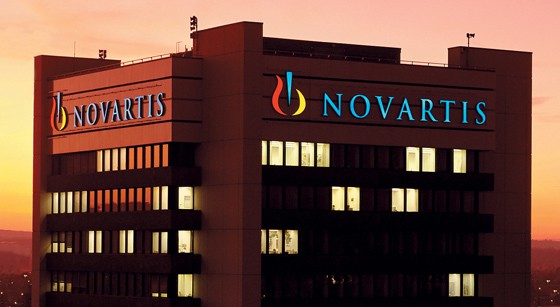
New data reveal that Ultibro (glycopyrronium bromide/ indacaterol) was superior to Seretide (salmeterol/fluticasone) in reducing flare ups in patients with moderate-to-severe COPD, reducing them 31% compared to GSK’s $8bn-a-year product.
The results of the LANTERN study – presented over the weekend at the European Respiratory Society congress in Munich – also indicated that treatment with once-daily Ultibro was better than twice-daily Seretide at improving lung function scores at 26 weeks.
There has been a lot of anticipation for combination products that combine the two major bronchodilator classes – long-acting beta agonists (LABA) and long-acting muscarinic antagonists (LAMA) – that are recommended as first-line maintenance options in treatment guidelines.
LAMAs are a well-established class in COPD therapy, with Boehringer Ingelheim’s leading Spiriva (tiotropium) product achieving sales of approaching $5bn last year, but LAMA/LABA combinations have only recently become available.
Novartis is positioning Ultibro as a corticosteroid-free alternative to Seretide that can help meet Global Initiative for Chronic Obstructive Lung Disease (GOLD) guidelines, which are trying to reduce the long-term use of inhaled steroid drugs.
Steroid drugs have been linked to pneumonia in COPD, as well as a slightly increased risk of fractures following long-term exposure, according to the 2014 GOLD edition.
That is one reason why some respiratory specialists believe LAMA/LABA combinations such as Ultibro, GSK and Theravance’s Anoro (umeclidinium bromide and vilanterol) – which like Ultibro was approved for marketing last year – and Boehringer’s tiotropium/olodaterol candidate (in registration) will emerge as a dominant new force in COPD therapy.
Decision Resources predicted recently that LAMA/LABA combinations will account for more than a third of all COPD sales in developed markets by 2022, while analysts at Citigroup expect them to drive growth in the category from $10bn this year to $14bn in 2018.
With Seretide already succumbing to generic competition and other entrants from AstraZeneca and Forest Laboratories/Almirall also coming through the pipeline, the market is expected to fragment with the new generation finding it harder to capture the multibillion-dollar sales of Seretide and Spiriva.
Novartis is also presenting at ERS the results of the QUANTIFY study showing superiority over a combination of tiotropium plus formoterol, and the GLISTEN study which is looking at the benefits of adding Seebri to LABA/inhaled corticosteroid therapy.
Despite the encouraging data versus its rivals, Novartis is breaking into a market dominated by its competitors in COPD and could do with some additional marketing muscle in some markets. To that end it signed an agreement with Pfizer last week to co-promote Ultibro and Seebri (glycopyrronium bromide) in the UK.




